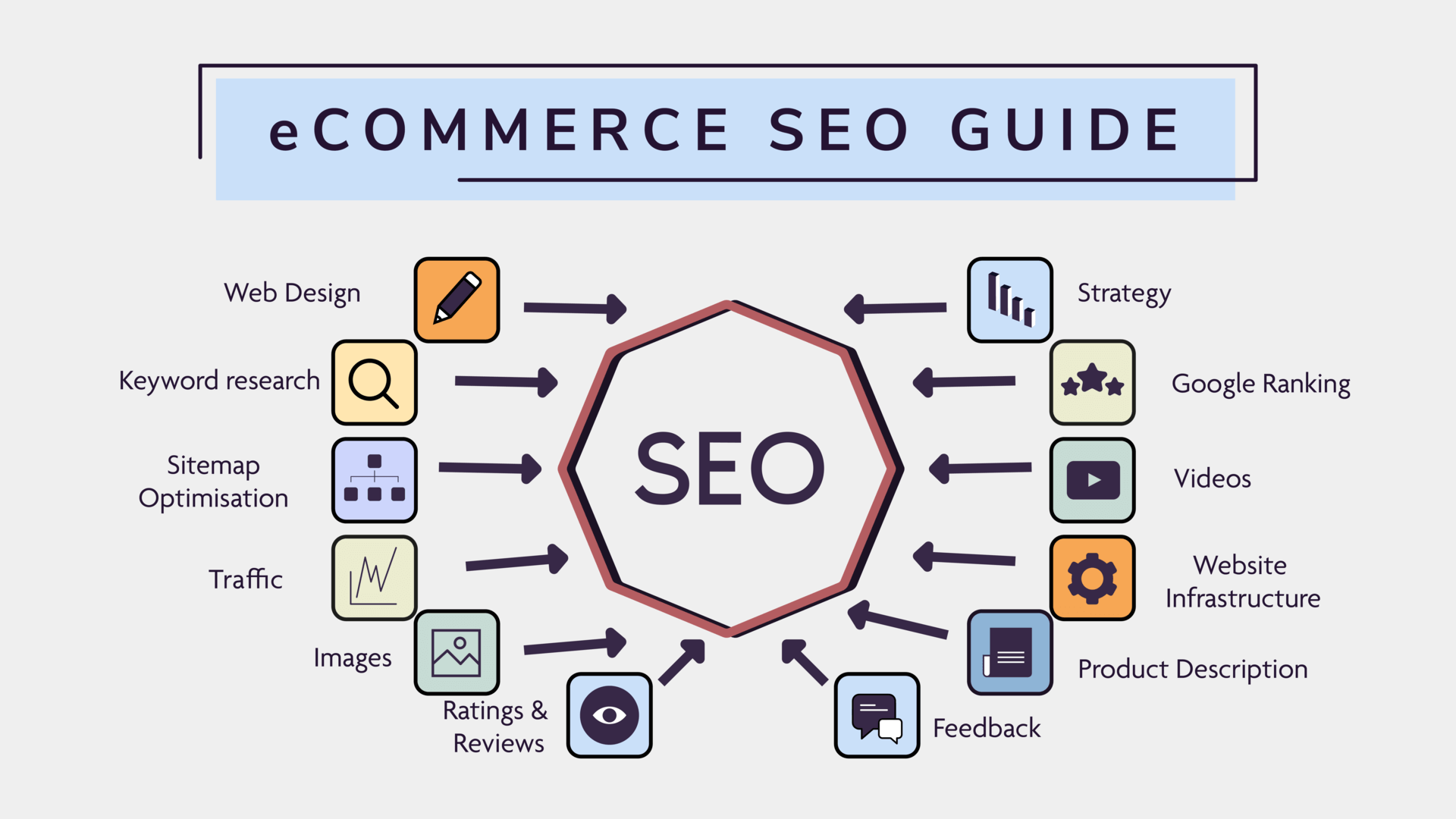As an e-commerce business, it is important to understand the basics of Search Engine Optimization (SEO) to ensure your website is visible to the right people. SEO is a complex and ever-evolving field, but by focusing on the fundamentals, you can ensure your website is optimized for search engine results. This complete guide to SEO for e-commerce websites will provide an overview of the various aspects of SEO, from developing your content strategy to understanding how search engines rank websites. Through this guide, you will gain a better understanding of how SEO works, how to optimize your website, and how to measure the success of your SEO efforts. With the right strategy, you can make sure your website is visible to your target audience, and capitalize on the potential of reaching more customers. Let’s get started!
- Update Website Content to Include Keywords
One of the most important SEO strategies for e-commerce websites is to update website content to include keywords. This is because search engine algorithms are designed to detect relevant content, and keywords are a key part of this process. When you add relevant keywords to your website’s content, you can help search engines identify your site as a good source of information and list it more prominently in search results. When creating content, be sure to include the keywords in the title and body of the text, as well as in the meta description. Additionally, use keywords to create URLs, image file names, and internal links. Doing this will improve your visibility on search engine results pages.
- Improve Page Load Speed
Page load speed is an essential aspect of improving your website’s SEO. Search engine algorithms favor websites with faster loading times, and they are more likely to rank higher in search engine results. Additionally, page load speed can have a huge impact on your users’ experience. If your page takes too long to load, users will likely leave your page before they see what you have to offer. Improving your page load speed requires optimizing your images, minifying your code, and leveraging browser caching. Additionally, you should use tools such as Google PageSpeed Insights to monitor your page load speed and receive suggestions on how to improve it.
- Use Internal and External Links
Internal and external links are an essential part of any e-commerce website’s SEO strategy. Internal links are links that point from one page on your website to another page on the same website. These links help to boost your page’s SEO as Google and other search engines see them as a sign of trust and authority. External links are links that point from one website to another. These links can help to boost your SEO and provide an additional source of referral traffic. As with internal links, ensure that the external links you use are from trustworthy and authoritative websites.
- Optimize Images
Optimizing images is a key part of SEO for e-Commerce websites. Images are a powerful tool for improving a website’s search engine rankings, as they help to attract more visitors, increase the time spent on the website and improve the user experience. To ensure that images are optimized for SEO purposes, it is important to ensure that they are properly compressed and sized, have relevant alt-tags and captions, and that they are included in the website’s XML sitemap. Additionally, it is important to ensure that the images are relevant to the content of the website and that they are properly attributed to the correct sources. By following these simple steps, e-Commerce websites can ensure that their images are properly optimized and contribute to the overall SEO of the website.
- Monitor Results and Track Progress
Monitoring the performance of your SEO efforts is essential for understanding how well your e-Commerce website is doing in terms of organic search engine traffic and rankings. You should track key performance indicators such as the number of organic visits, the number of pages visited, the average time spent on the website, and the bounce rate. You should also track the performance of specific keywords and the ranking of your pages for those keywords. SEO tools such as Google Analytics and Google Search Console can help you track your SEO performance and make sure that you are seeing the desired results. By monitoring your SEO efforts and tracking your progress, you can make sure that your website is getting the maximum benefit from SEO.
In conclusion, SEO is essential for e-commerce websites if they want to be successful. Using the strategies and tips outlined in this guide, you can successfully optimize your e-commerce website for SEO and gain an edge over your competitors. SEO is a long-term investment and the results will not be seen immediately, but with consistent effort, you will be able to achieve long-term success.





Leave a Reply